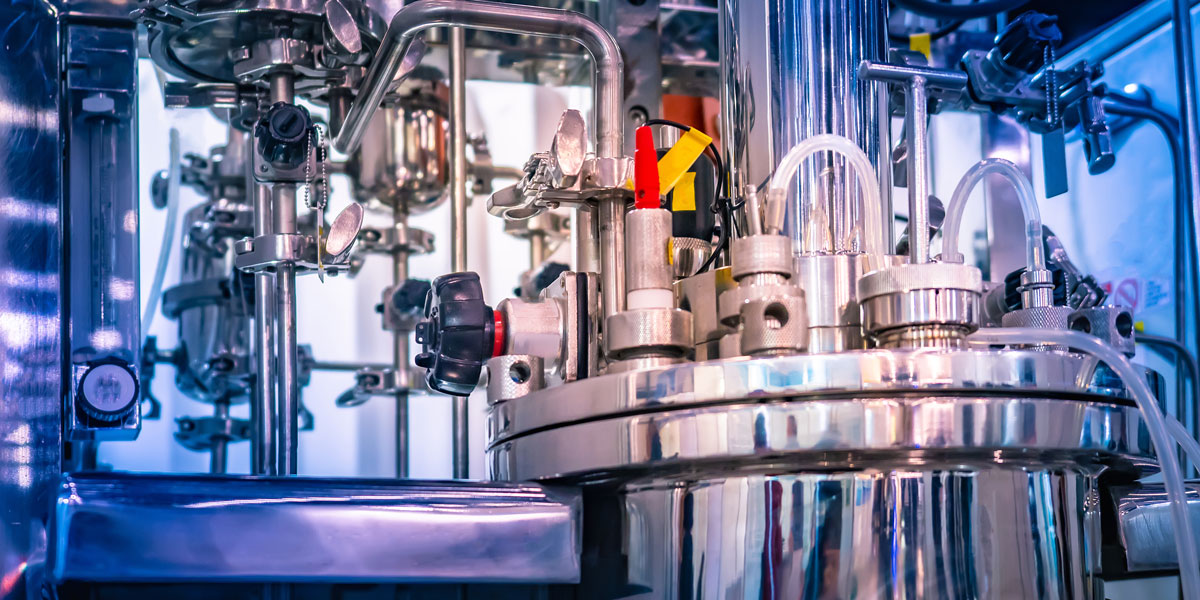
By Sandra B. Jónsdóttir
 Over millennia we have evolved with our food supply, relying on the collective wisdom of farmers to grow foods that sustain human life. Increasingly, however, food is being produced by business entrepreneurs who see food as a commodity to be patented and profited from. Their techno foods are invented in laboratories, produced in factories and promoted with the claim they can feed the world while saving it from climate change.
Over millennia we have evolved with our food supply, relying on the collective wisdom of farmers to grow foods that sustain human life. Increasingly, however, food is being produced by business entrepreneurs who see food as a commodity to be patented and profited from. Their techno foods are invented in laboratories, produced in factories and promoted with the claim they can feed the world while saving it from climate change.
It started about two decades ago when a giant US chemical company (Monsanto) invented GM (genetically modified) crops and sold them to farmers with one main promise. GM crops could be sprayed with Monsanto‘s glyphosate, killing the weeds, but not the crop – saving farmers time and money by reducing the use of pesticides. The opposite happened. Glyphosate spraying left more, not less, toxic residues in food and animal feed and caused cancer (non-Hodgkin's lymphoma) in American farming communities.
When greenhouse gases from livestock farming were shown to be contributing to climate change, a Silicon Valley company, Impossible Foods, claimed it could reduce the carbon footprint of meat production by making it in laboratories. They created The Impossible Burger, which was fake meat made from an assortment of highly processed ingredients, including soy leghemoglobin derived from GM yeast and 46 additional yeast proteins – some of which were unidentified and untested for safety.
Fake milk was next on the agenda. Synbio biology (precision fermentation) genetically modifies yeast, fungi, algae or bacteria to produce animal proteins which are then “fermented” in vats or “bioreactors”, and the resulting “milk” claims to contain “proteins identical to those found in cow’s milk”. However, when Dr John Fagan at the Health Research Institute (USA) conducted an analysis comparing cow’s milk to synbio milk he found essential nutrients in real milk missing in synbio milk, including vitamin E. The amino acid composition of one whey protein was 57% different to cow’s milk and a second was 46% different. The synbio milk contained 92 small molecules that have never been part of the human diet and whose identity is totally unknown to science.
Lab Meat (or cellular meat) is not “fake” meat but is an attempt to grow real meat in a laboratory. Stem cells are taken from a live animal and placed in a man-made soup of genetically modified growth hormones and other synthetic “nutrients” which are brewed together in steel vats or bioreactors. Growing cells into real meat, however, has proven to be difficult, and ultimately may be scientifically unachievable. The infrastructure required is vast, expensive to build and dependent on massive, consistent and costly energy inputs. Scaling up production to meet market demand is proving to be almost impossible as contamination in the bioreactors is a frequent and fatal occurrence. Cellular meat has been massively hyped, but to date there has been no meaningful evaluation of its nutritional value.
If growing meat and milk in laboratories is problematic, the techno foods sector aims to invent even more unrealistic products. Investors have given $3.5 million to Biomilq, a company that claims they can make lab grown human breast milk. Funding was given to a company that plans to make Woolly Mammoth Meatballs (using elephant DNA to fill in “gaps” in the mammoth DNA) and finance was provided to a group wanting to make lab grown pet food (a lightly regulated sector whose consumers will eat anything).
Techno foods demonstrate that everything imaginable is not necessarily achievable. Perhaps food production should be brought back down to earth. The Rodale Research Centre, USA, has shown that if global crop and pastureland were managed according to regenerative systems, 100% of global annual CO2 emissions could be stored in soils. An organic food supply would not only reduce global warming, but vastly improve human health and the viability of world health care systems, while avoiding the centralisation and corporate control of food production. Improving the quality and quantity of our food supply is desirable, but techno foods seem unlikely to do either.
For more on this topic see our recent in-depth Reviews:
Review 566 – Techno-Food Part 1
Review 567 – Techno-Food Part 2










